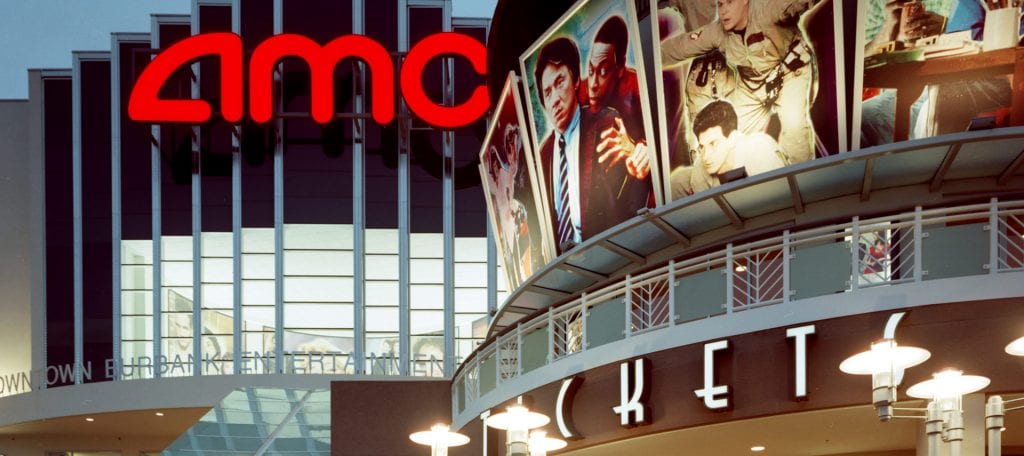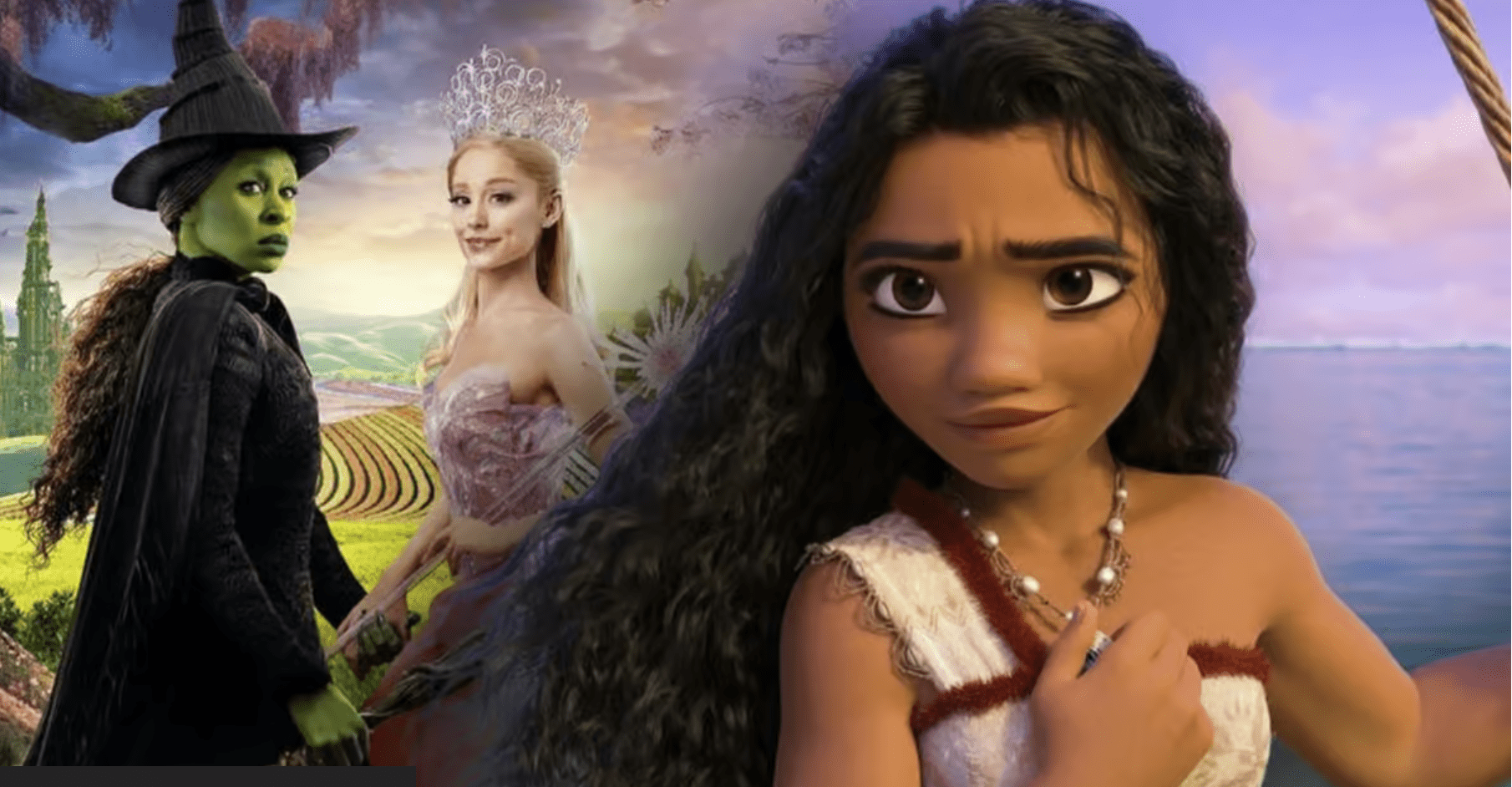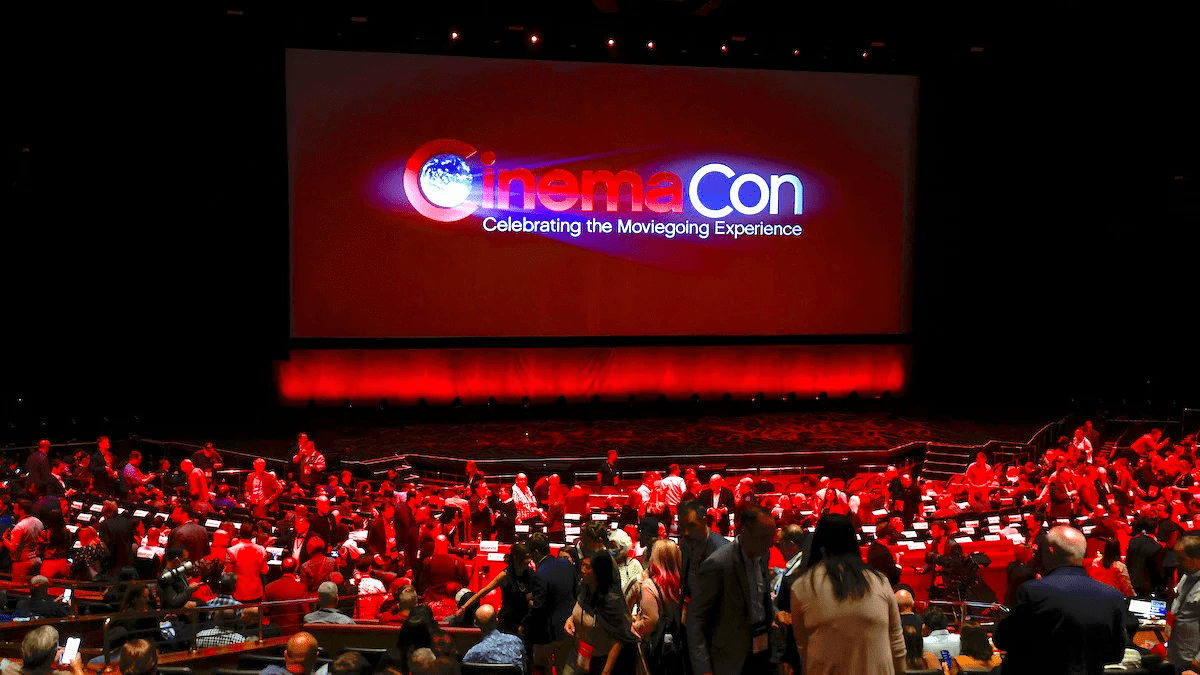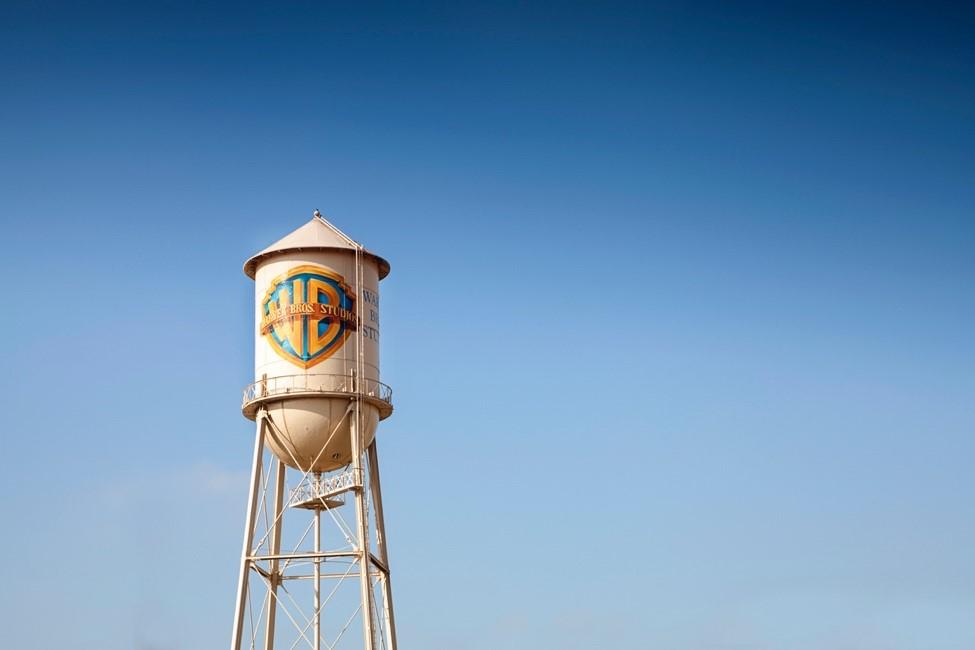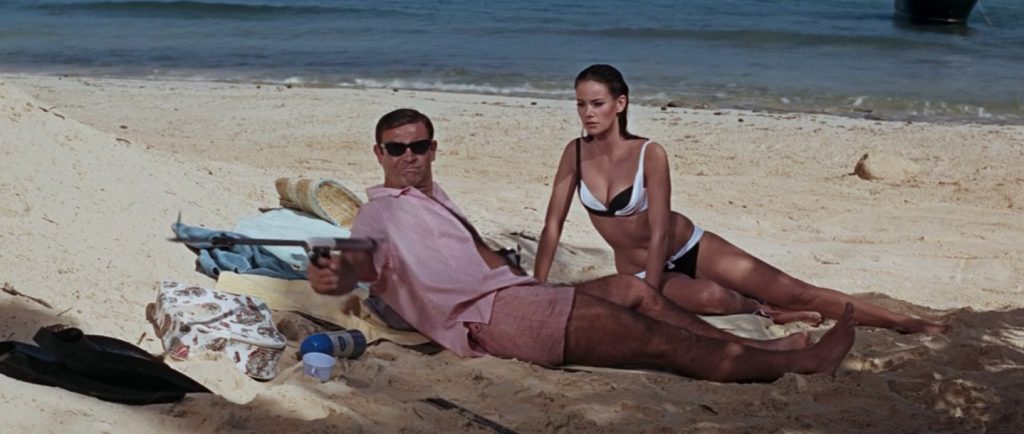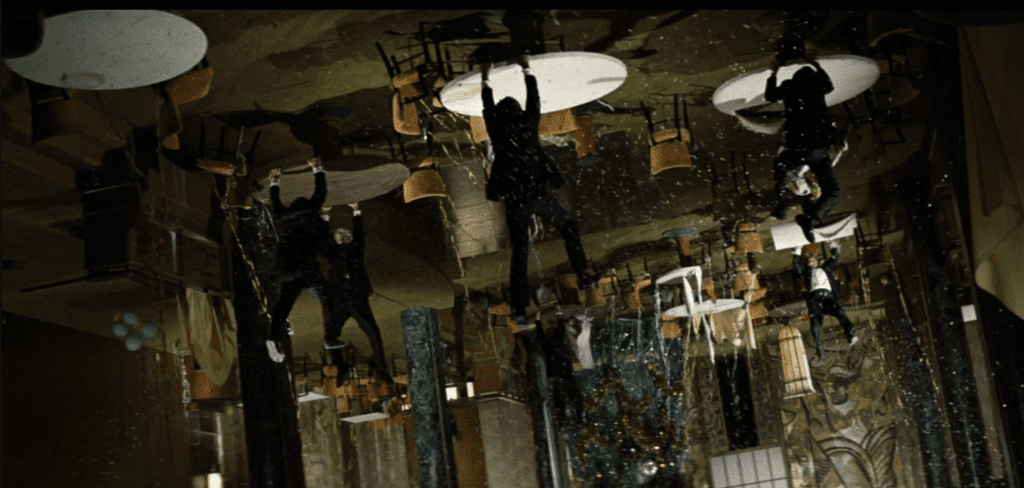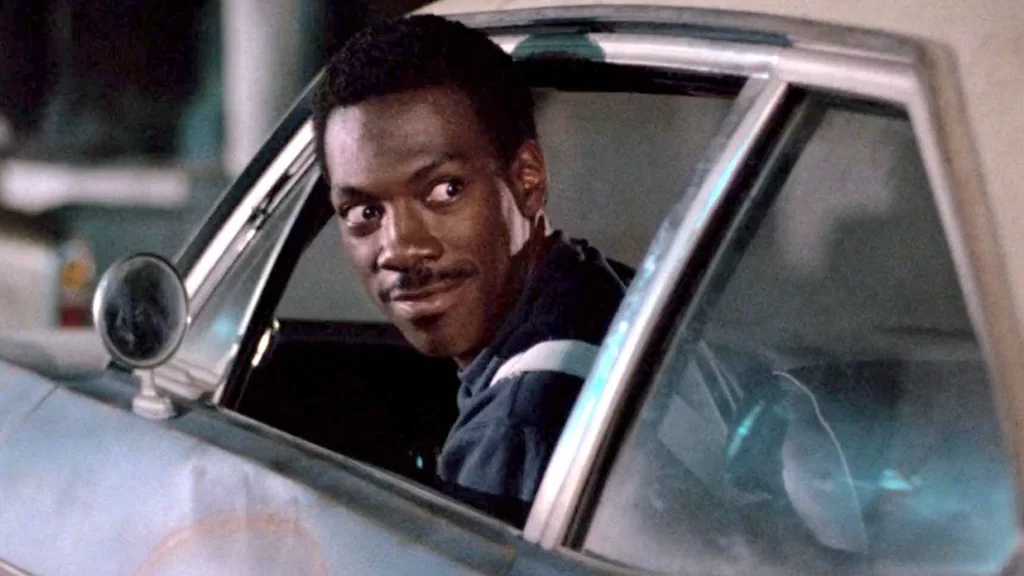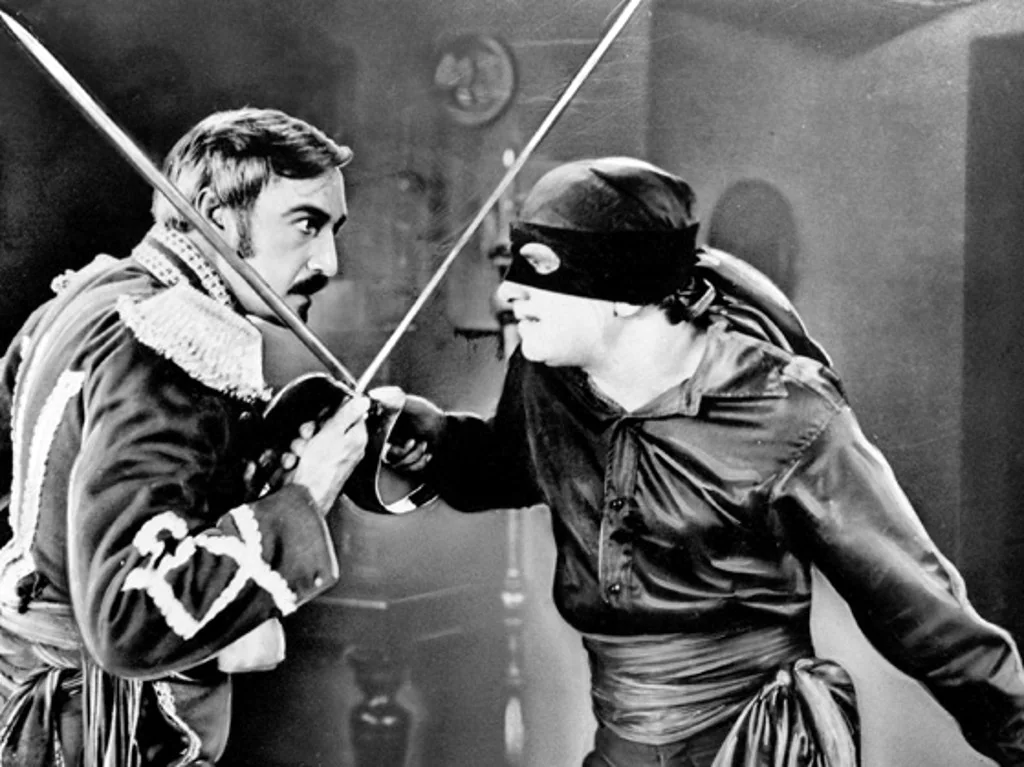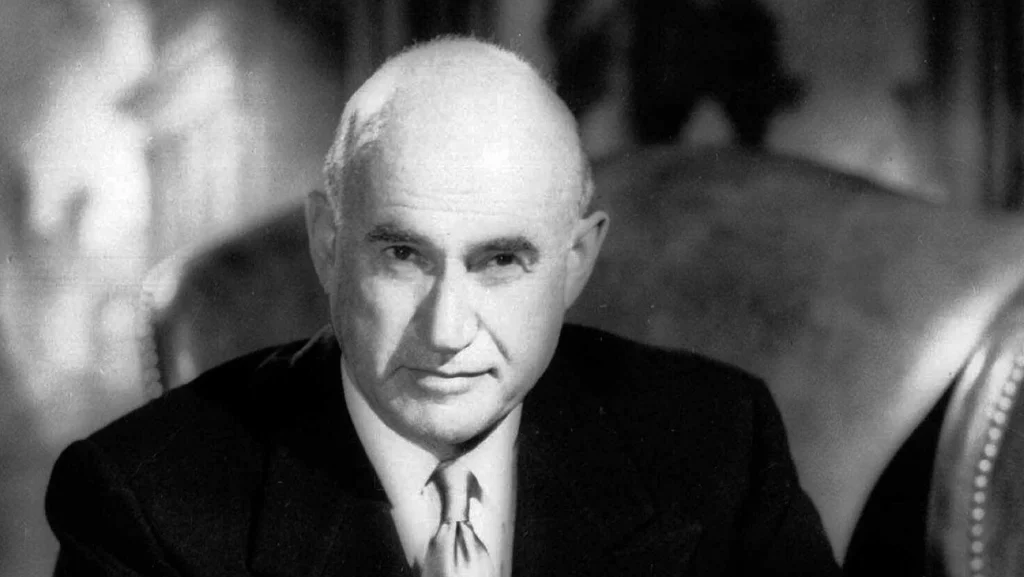Ninety-eight years ago when what’s now the iconic HOLLYWOOD sign was dedicated, it had nothing to do with promoting moviemaking.
Its much more mundane purpose was to sell real estate. At its dedication July 13, 1923, the sign actually said HOLLYWOODLAND, the name of new real estate development in the barren hills overlooking the city of Hollywood, where movies were already thriving industry. To help sell these lots, Hollywoodland Real Estate Group decided to build a huge sign. Each letter was about 50 feet tall and 30 feet wide. One of the Group’s most prominent principals, L.A. Times publisher Harry Chandler, already owned most of what is today the suburban San Fernando Valley. Chandler and silent movie comedy king Mack Sennett now decided to invest in property in the empty hills between the Valley and Hollywood.
Chandler liked the idea of a gigantic sign — but this was no ordinary billboard. The HOLLYWOODLAND sign featured 4,000 20-watt light bulbs that illuminated it at night, flashing to spell out in sequence HOLLY…WOOD…LAND. It was expensive — $21,000 at the time or about $320,000 today. To keep those lights working perfectly, a full-time maintenance man was hired to replace bulbs that burnt out.
Chandler’s group planned for the sign to be up for just a year and a half. But after it started lighting up the night sky, it took on a life of its own. By the late ’20s, it had become a symbol of the movies. That association led to a tragedy forever linked to the original sign. In September 1932 a young actress, Peg Entwistle, who’d worked in theatre in New York and moved to L.A. to break into movies, despaired of her failure. She’d been living in her uncle’s home in the Hollywood hills in sight of the sign. Using a maintenance ladder to climb to the top of the “H,” she jumped to her death, turning the sign into a new symbol of the land of broken dreams.
As the Depression took its toll on 1930’s America, the HOLLYWOODLAND investors’ real estate development plans came to a halt. Without funds to maintain the sign, they abandoned it and before long it fell into disrepair. It wasn’t until 1949 that the Hollywood Chamber of Commerce gave it a new lease on life, shortening it to HOLLYWOOD and cutting the light bulbs.
By the 1960s, the sign was falling apart again. This time, help came from Playboy publisher Hugh Hefner and some wealthy friends, thanks to whom HOLLYWOOD still stands as a symbol of Hollywood.



